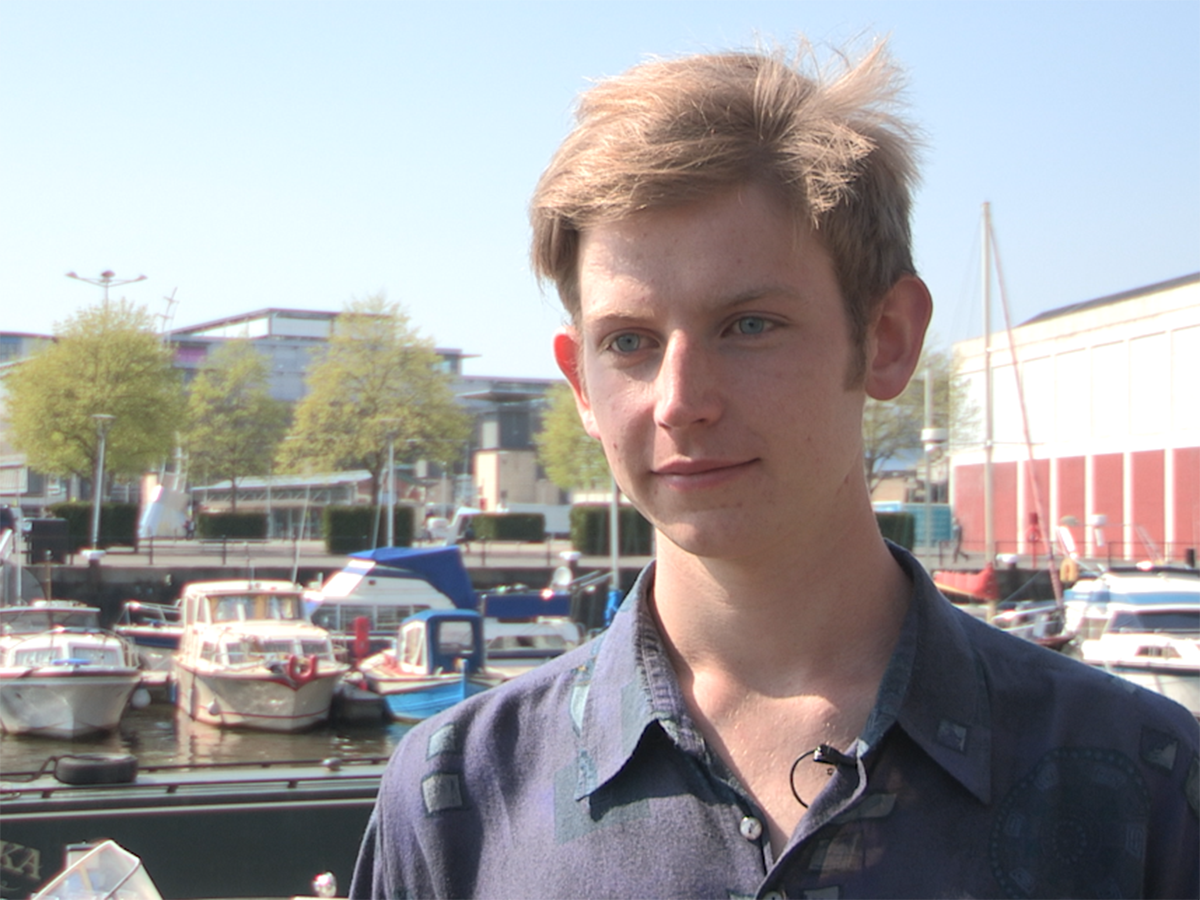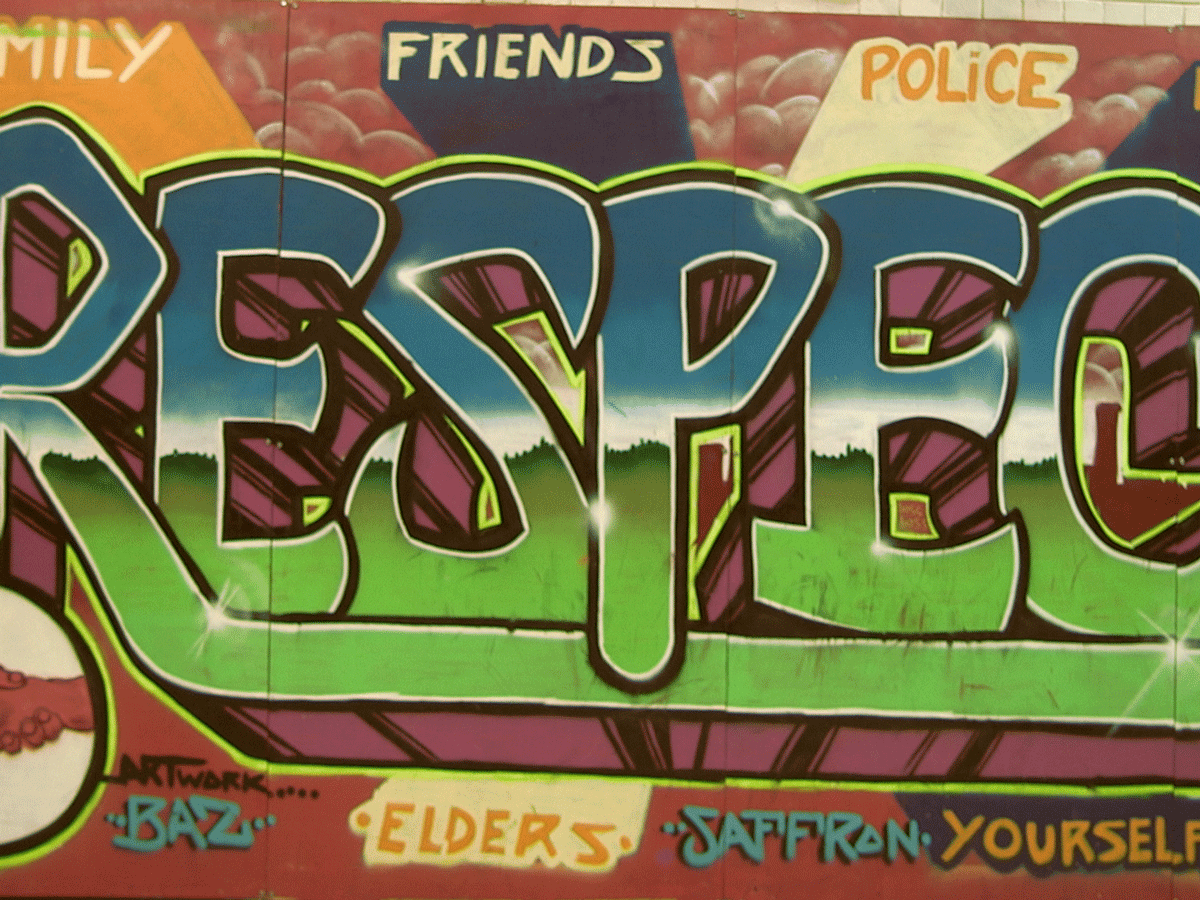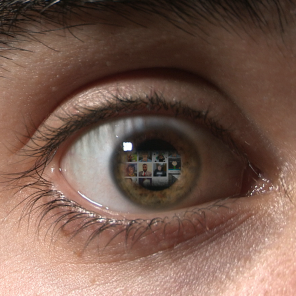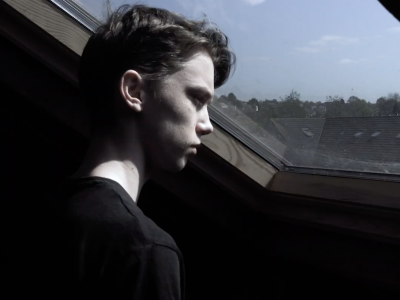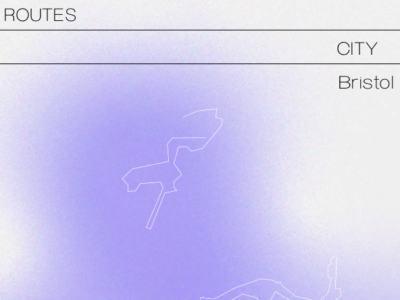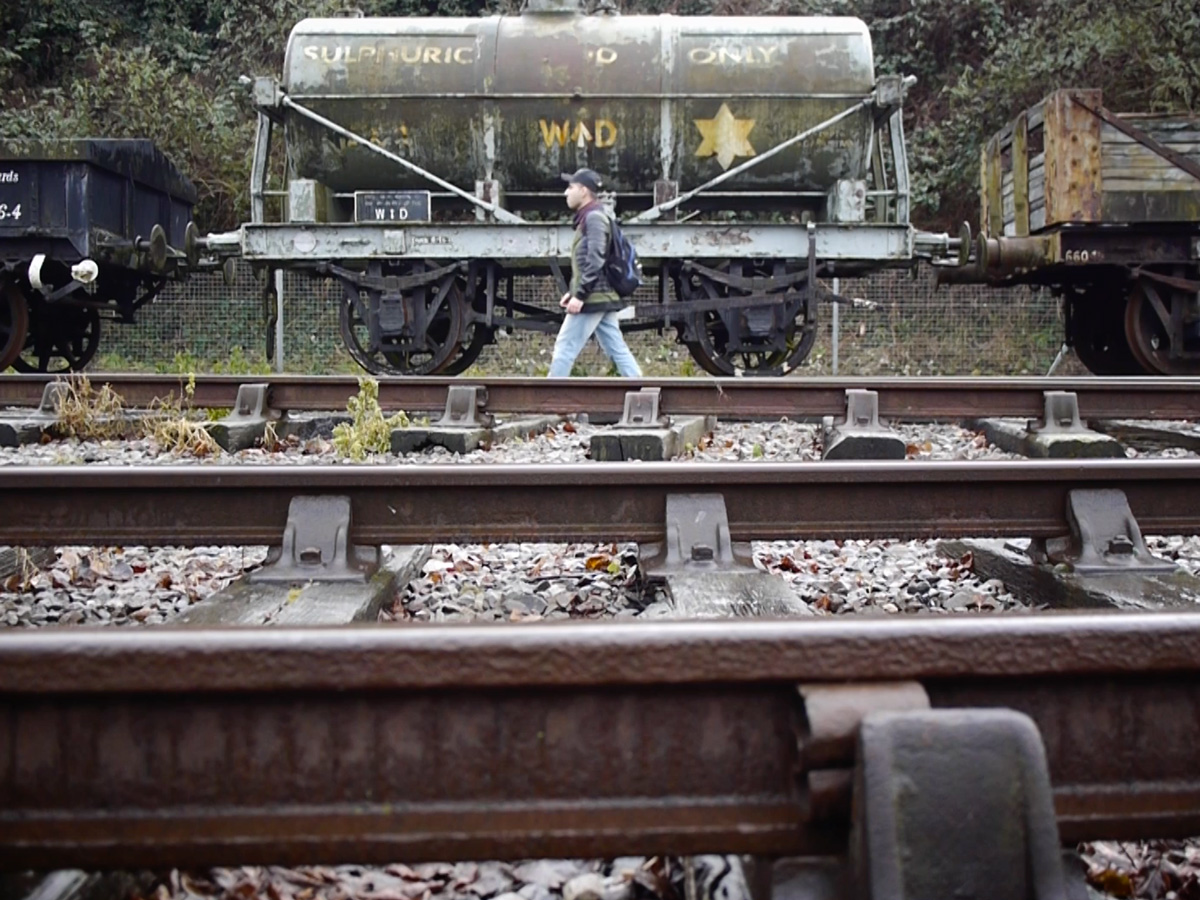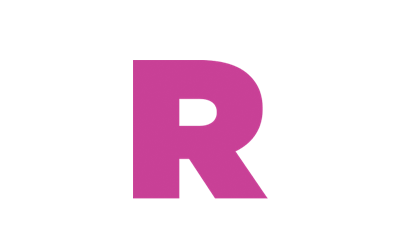The Colston Four
We spoke with Filmmaker and Director, Arthur Cauty about his latest film, The Colston Four
Out of a crowd of ten thousand, four people were singled out and put on trial for the toppling of the statue of slave trader Edward Colston in Bristol during a Black Lives Matter march. They came to be known as The Colston Four.
Widely praised and lauded by the many citizens of Bristol who had campaigned for the statue’s removal for decades, and condemned by government officials, the actions of The Colston Four sparked a polarising debate around race, equality and the celebration of problematic historical figures.
This film features exclusive interviews with the defendants and legal team, offering a glimpse at the people behind the headlines, as a 19 month long trial draws to a close.
The Colston Four is a follow-up to the award-winning documentary The Felling of Colston, which you can view here.
Why did you want to make The Colston Four?
I wanted to do something to support the four people on trial. It’s such a ridiculous idea to me that anyone should be prosecuted for the removal of an offensive statue, but it’s even more ridiculous that the statue was still standing in 2020, that it had been protected by certain organisations, and that the people of Bristol had to literally take matters into their own hands to get things done.
I’d made another film The Felling of Colston back in June 2020, which followed the events of the BLM protest. A year and a half later, with four people singled out for prosecution from a crowd of ten thousand, I felt that The Felling of Colston was only half the story and revisiting it seemed essential.

Why is it important stories like this are told?
Fortunately, the four were acquitted in this instance, but I’m sure it could have quite easily gone the other way. It’s important to speak up and offer a voice for the marginalised, to highlight injustices, to hold those in power accountable. Film has the power to do this and ultimately create real change.
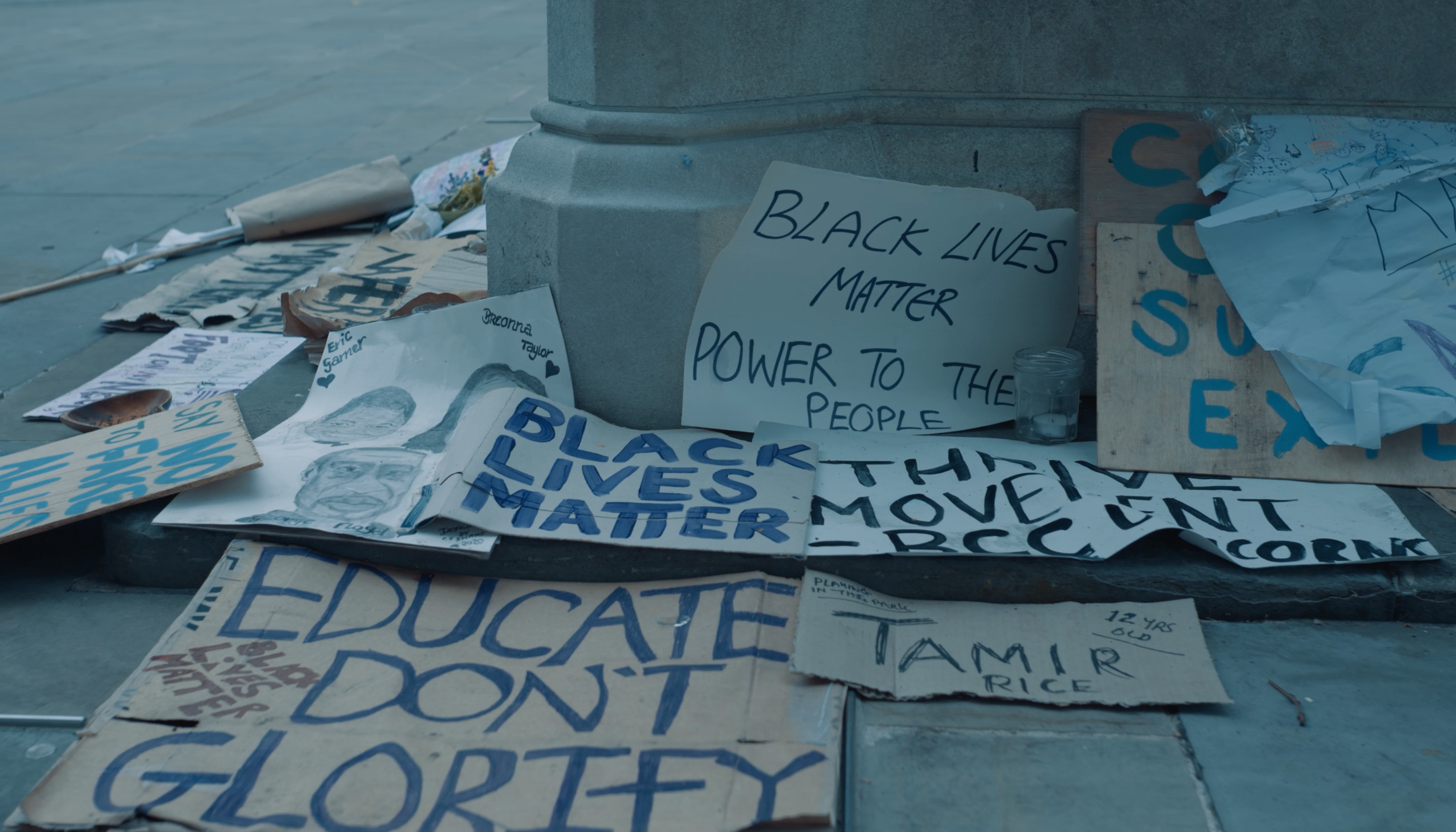
How did you approach making the film and what did you learn in the process?
I worked with a small group of activists who had assembled a support team for the four. They helped me get access to the defendants and legal team. I already had a huge bank of footage to draw on due to my work on The Felling of Colston. It was a case of revisiting and building upon an old story.
I’m not from Bristol originally and didn’t know who Colston was when I moved here. I learned about Colston as a direct result of his statue being pulled down. Filming The Colston Four, I learned a great deal more about The Merchant Venturers and Bristol’s role in the transatlantic slave trade, as well as the politics and the significance placed on this case.

What would you like for people to take away from watching the film?
I’m just happy the film is triggering some conversation. The statue coming down has been a polarising event for Bristol. The reaction to the film has been similarly contentious! On one hand, there’s been a huge amount of support, but on the other hand, there are people who vehemently oppose the statue coming down, and consequently oppose the film. One persisting argument is that removing a statue is rewriting history, which is nonsense. It’s not about altering history; it’s about choosing who we honour and celebrate in our public spaces. If the film helps anyone to see that, I see that as a little victory.

Do you have any advice for people thinking about making their own documentary?
For someone considering making their first documentary I’d argue that having an eye for a compelling story is the single most important thing, so I’d perhaps look around you for stories you can gain access to. Is there a growing social movement in your city or a quirky independent business on your street? Is your grandmother a professional wrestler? With The Colston Four and The Felling of Colston, it was simply a case of stepping outside my house and documenting what was going on in my city. It was obviously impossible to know how significant that day would be, so there was an element of serendipity, but half the battle in this instance was simply turning up.

What’s next for you?
I was recently commissioned to produce a collection of Astro tourism films, so I’m spending a lot of time out under the stars, or under the clouds, as is usually the case in the UK, shooting time-lapse and missing out on sleep. I’ve got a couple of other documentary shorts I’m planning, plus an upcoming artist residency in Joshua Tree, California where I’ll be working on my astrophotography in more favourable conditions!
What are your thoughts about The Colston Four? Let us know on our socials.
All photos are stills from The Colston Four.
Edited and Interviewed by Lucy J Turner and Bex Rose.


